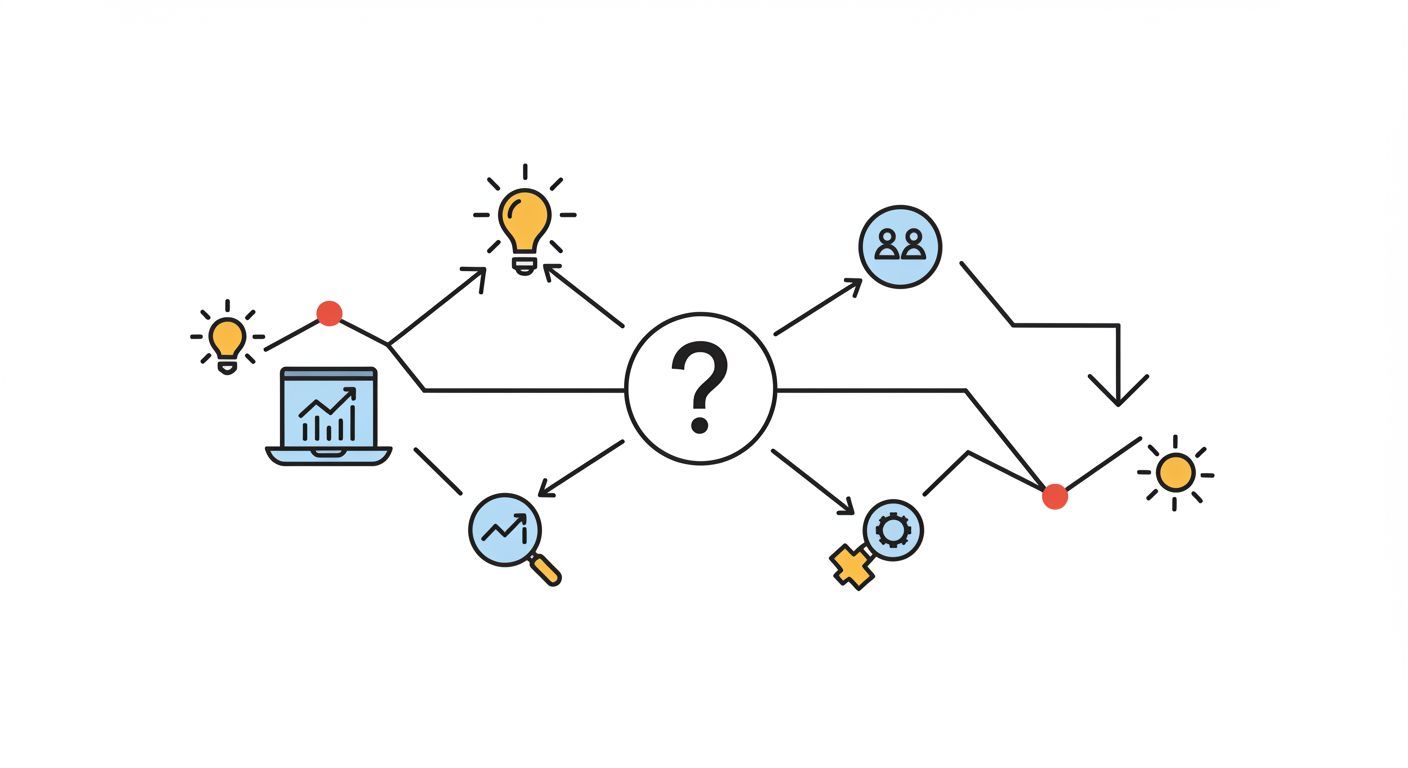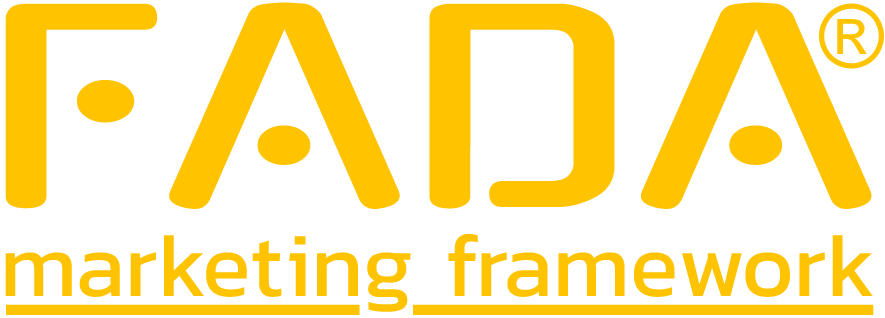10 Actionable Steps to Improve Action
In the FADA marketing framework, Action is the component that pays the bills. It’s the payoff. While Foundation, Awareness, and Differentiation set the stage, Action is the moment a potential customer engages, converting their interest into a tangible business result. Actions are the measurable events created by a potential new customer, such as submitting a form, making a purchase, or calling your business.

However, Actions don't just happen on their own. They are the direct result of the other three FADA components working in harmony. Using the analogy of the fire triangle, if your Foundation is the fuel, Awareness is the oxygen, and Differentiation is the heat, then Action is the fire that ignites when all three elements combine. A business that isn't seeing enough leads is almost always deficient in one of the other three areas.
Improving the Action component is about optimizing the entire customer journey to make taking action the easy, obvious, and desirable next step. Here are 10 actionable steps you can take to generate more Actions.
1. Create Clear Calls-to-Action (CTAs)
Don't be subtle when guiding a user. Your website should have clear and compelling CTAs on every page that tell visitors what you want them to do next. Use strong, action-oriented verbs on visually distinct buttons. For instance, instead of a generic button that says "Submit," use more descriptive text like "Get Your Free Quote Now".
2. Reinforce Trust at the Point of Action
A customer may hesitate right before they convert. Reassure them by building trust directly next to your CTAs. You can do this by placing security badges for e-commerce, industry awards, or positive customer reviews near your contact forms or "buy now" buttons.
3. Create a Sense of Urgency
People are more likely to take action when they feel they might miss out on an opportunity. You can encourage immediate action by using limited-time offers, countdown timers on your landing pages, or messages that highlight scarcity, such as "Only 2 spots left!". This helps prevent procrastination.
4. Align Your Ads with Your Landing Page
The journey from an advertisement to your website must be seamless. If you run an ad that promises a "Free Consultation," the link should take the user directly to a page where they can easily schedule that consultation, not to your generic homepage.
5. Reinforce Your "Why"
Just before you ask a customer to act, remind them what makes you different from the competition. Your unique value proposition is the heat that overcomes hesitation and motivates a customer to click, call, or buy. For example, a roofer could reinforce their value by saying, "Get a Quote from the Only Roofer in Town with a Lifetime Workmanship Guarantee".
6. Offer a Differentiated Action
Make the action itself a valuable and unique offer. Instead of a generic "Contact Us" form, provide a more compelling next step that your competitors aren't offering. This could be a "Free 15-Minute Strategy Session," a "Personalized Demo," or access to an "Exclusive Industry Report".
7. Engineer Your Foundation for Action
Your website must be designed to guide visitors toward an action. Ensure your contact information is easy to find. Your site should be mobile-friendly and load quickly, as most traffic now comes from mobile devices and slow websites drive customers away. A good website is not a matter of opinion; it's measurable by its conversion rate.
8. Set Up Conversion Tracking
Good marketing is measurable, and Actions are the most important metric you have. Use tools like Google Analytics to track exactly how many people are filling out forms, clicking your phone number, or making purchases. This data allows you to make informed decisions to improve your marketing efforts.
9. A/B Test Your CTAs and Forms
Don't guess what works best. Test different versions of your calls-to-action to see what generates the most results. Experiment with different button colors, text, and placements. A small change, like altering "Learn More" to "Get Started Today," can have a significant impact on your conversion rates.
10. Define Your Follow-Up Process
Generating a lead is only half the battle. You must have a defined sales process for following up with those leads to convert them into customers. Responding to inquiries slowly—or not at all—means your marketing investment is wasted.
Ultimately, Action is the desired result of all your marketing efforts. By implementing these steps, you can optimize your strategy to ensure your Foundation, Awareness, and Differentiation work together to ignite the fire of business growth.








